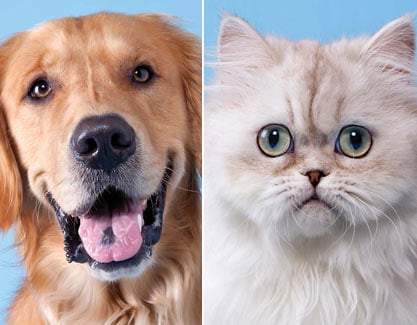One moment a pup is peacefully eating kibble, and the next it’s running around the house like there’s a fire burning under its tail. These episodes of “zoomies” last for up to several minutes, but they can feel much longer when a dog bulldozes through a crowded home.
So, why do dogs, cats and other pets dash around for no apparent reason?
“They’re just having fun,” said José Arce, president-elect of the American Veterinary Medical Association. These bursts of energy, technically called frenetic random activity periods (FRAPs), are natural and seen in many domesticated and wild animal species.
FRAPs may appear random, but a few triggers are common for dogs. When an owner lets a dog out of its crate, the pup may zoom around to let out energy it built up throughout the day. Similarly, an owner coming home after work can trigger a dog to run around in a brief stint of exercise after an hours-long nap. Another frequent time for FRAPs is after a bath, possibly to release nervous energy or excitement from getting bathed, Arce told Live Science. Dogs’ full-body shakes are highly effective, so the post-bath time zoomies likely aren’t for drying off.
Cats have different triggers. Whereas pups get zoomies throughout the day, felines are more likely to get them at dusk and dawn because that’s when they’re most active. They also tend to experience FRAPs after grooming and using the litter box. Arce usually feeds his own cats dry food, but when he breaks out the occasional can of wet food, they race around his home. “They get really happy and excited, and they run up and down the hall and jump on the couch,” he said.
When cats get the zoomies, they tend to sprint for less time than dogs. More athletic and high-strung dog breeds, like Australian shepherds, may do them more often than laid-back dogs, probably because they need to let their energy out more frequently, Arce said.
Wild animals as far-ranging as ferrets and elephants also perform FRAPs. The behavior is sometimes called “binkies” in rabbits and is thought to be an expression of excitement, according to a 2020 study in the Journal of the American Association for Laboratory Animal Science. Bunny binkies can appear as running, twisting the head or body around, and hopping or jumping in the air.
